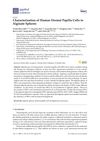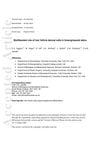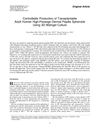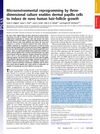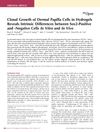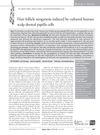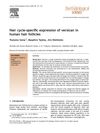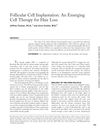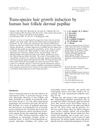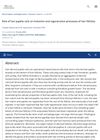Culture and Differentiation of Human Hair Follicle Dermal Papilla Cells in a Soft 3D Self-Assembling Peptide Scaffold
April 2020
in “
Biomolecules
”
3D self-assembling peptide scaffold RAD16-I human hair follicle dermal papilla cells HFDPC alkaline phosphatase versican corin osteogenic differentiation adipogenic differentiation tissue engineering hair loss treatments 3D scaffold peptide scaffold hair follicle cells hair-inducing markers bone differentiation fat differentiation hair loss
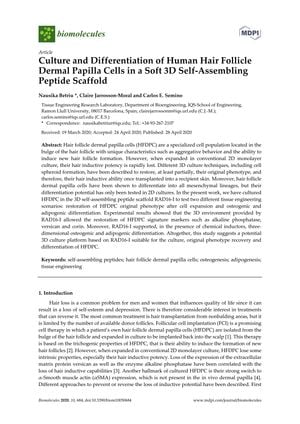
TLDR The 3D scaffold helped maintain hair cell traits and could improve hair loss treatments.
The study explored the use of a 3D self-assembling peptide scaffold, RAD16-I, for culturing human hair follicle dermal papilla cells (HFDPC). The research aimed to address the loss of hair inductive potency that HFDPC experience in traditional 2D cultures. The results indicated that the 3D RAD16-I scaffold successfully restored key signature markers of HFDPC, such as alkaline phosphatase, versican, and corin, which are essential for their hair-inducing ability. Additionally, the scaffold supported the differentiation of HFDPC into osteogenic and adipogenic lineages when chemical inducers were present. This suggests that RAD16-I could be a promising platform for HFDPC culture, phenotype recovery, and differentiation, potentially benefiting tissue engineering and hair loss treatments.
